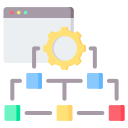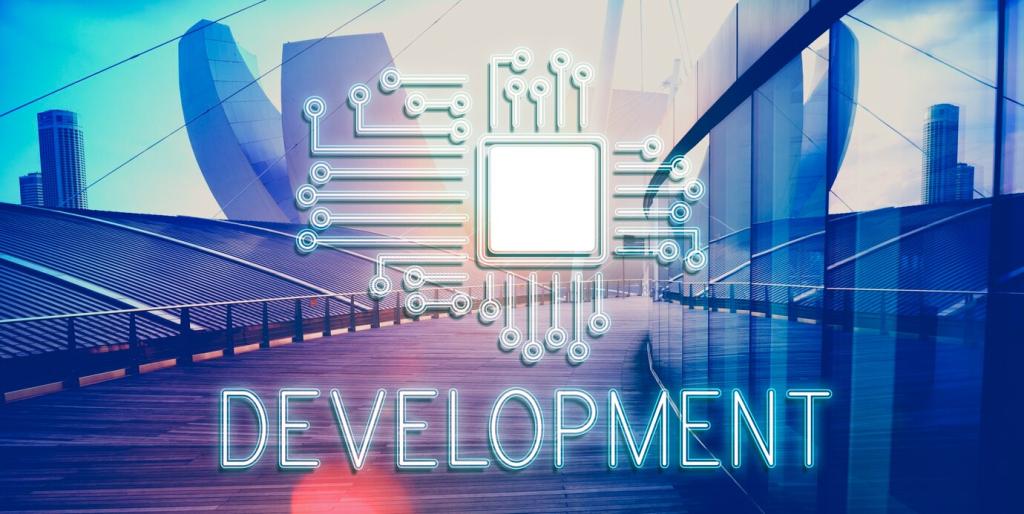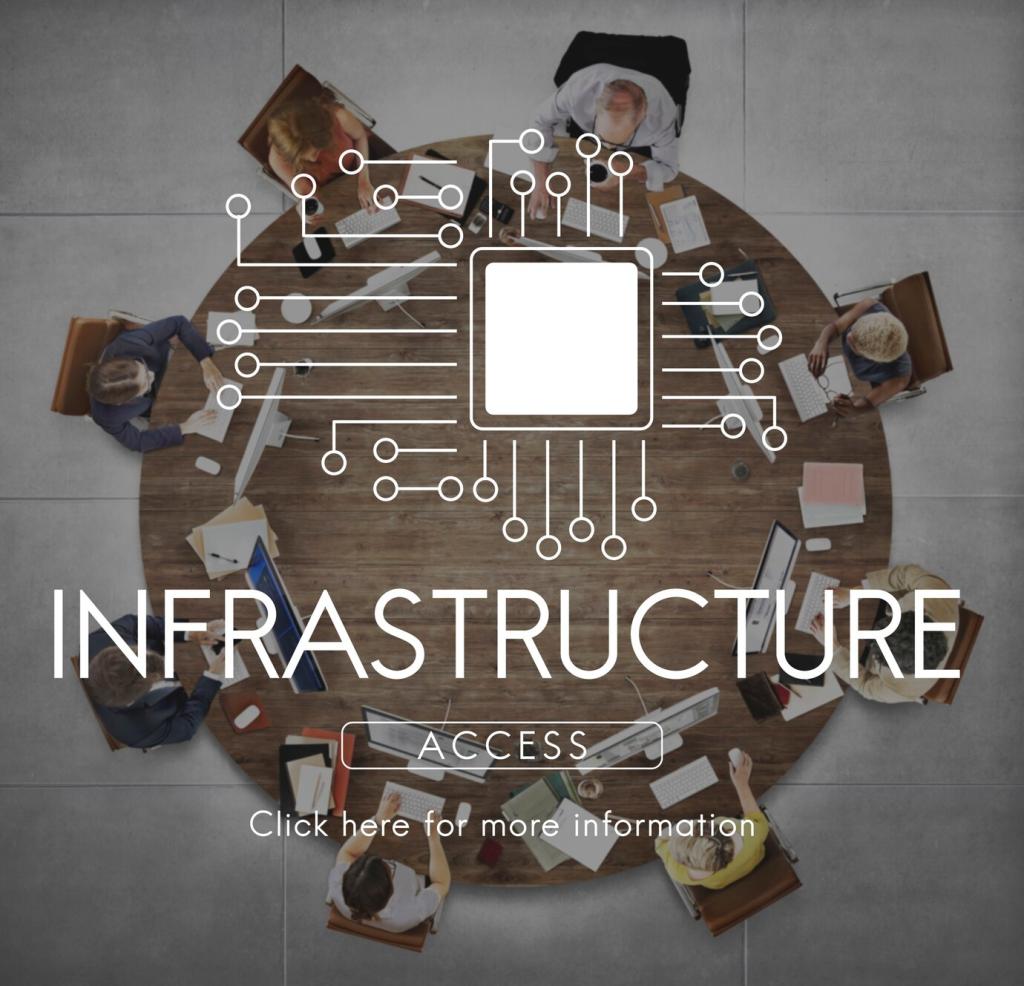Real Stories from the Trenches
A three-person team needed parity on iOS and Android before demo day. Flutter’s fast iteration let them refine onboarding twice daily. They shipped a polished beta, won their first customers, and kept a single codebase sustainable afterward.
Real Stories from the Trenches
A global insurer unified four aging apps. C# familiarity lowered retraining costs, while shared libraries standardized authentication and analytics. Governance improved because teams finally spoke one language, and rollout risk dropped through consistent pipelines and observability dashboards.








